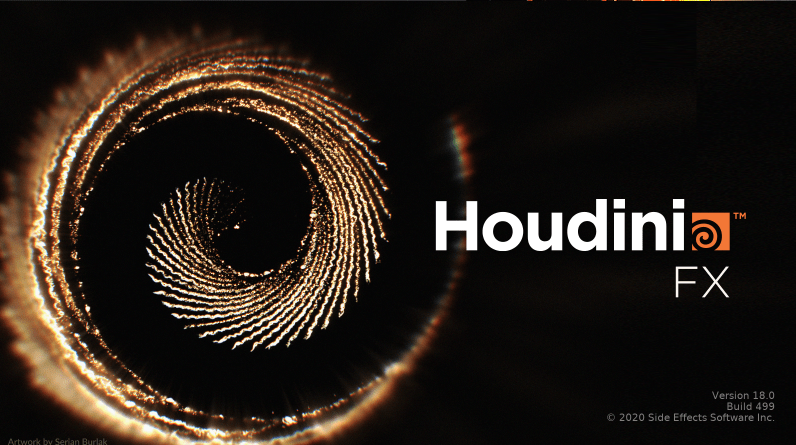

Lastly, NVIDIA enables double precision floating point (FP64) capability on Quadro cards only (note: the new GeForce RTX also have this feature enabled).
#Sidefx houdini fx drivers
In terms of drivers, Quadro cards also get special drivers that are validated for professional grade applications such as for 3D modeling, animation, etc. In addition, Quadro cards have a larger video memory frame buffer that features error correction technology.

This results in better reliability, lower power consumption and lower heat output.

Furthermore, Quadro cards are a little more reliable because NVIDIA chooses the higher quality graphics chips for them. For example, NVIDIA controls the specifications and quality assurance on all Quadro cards, while with GeForce cards the specifications and quality assurance are managed by the third party board partners. However the GeForce and Quadro cards are not quite the same. In response to feedback from the Houdini Indie community, SideFX is increasing the render resolution for image sequences from p to 4K x 4K in order to facilitate the generation of sidefx houdini fx 16.5.378 free definition imagery, which is especially important for artists creating VR content. So why does the Quadro cost multiples more than the GeForce? The main reason is because the target customers for Quadro cards, namely large content production studios, oil and resource exploration companies and engineering firms can afford these cards which allows NVIDIA to charge a premium for the couple extra features they enable. In fact, the processors come off of the same assembly line.
#Sidefx houdini fx series
In short, the actual graphics processor powering both series of cards is exactly the same. A common question we get is whether to go with a GeForce or Quadro graphics card and what the main differences are.


 0 kommentar(er)
0 kommentar(er)
